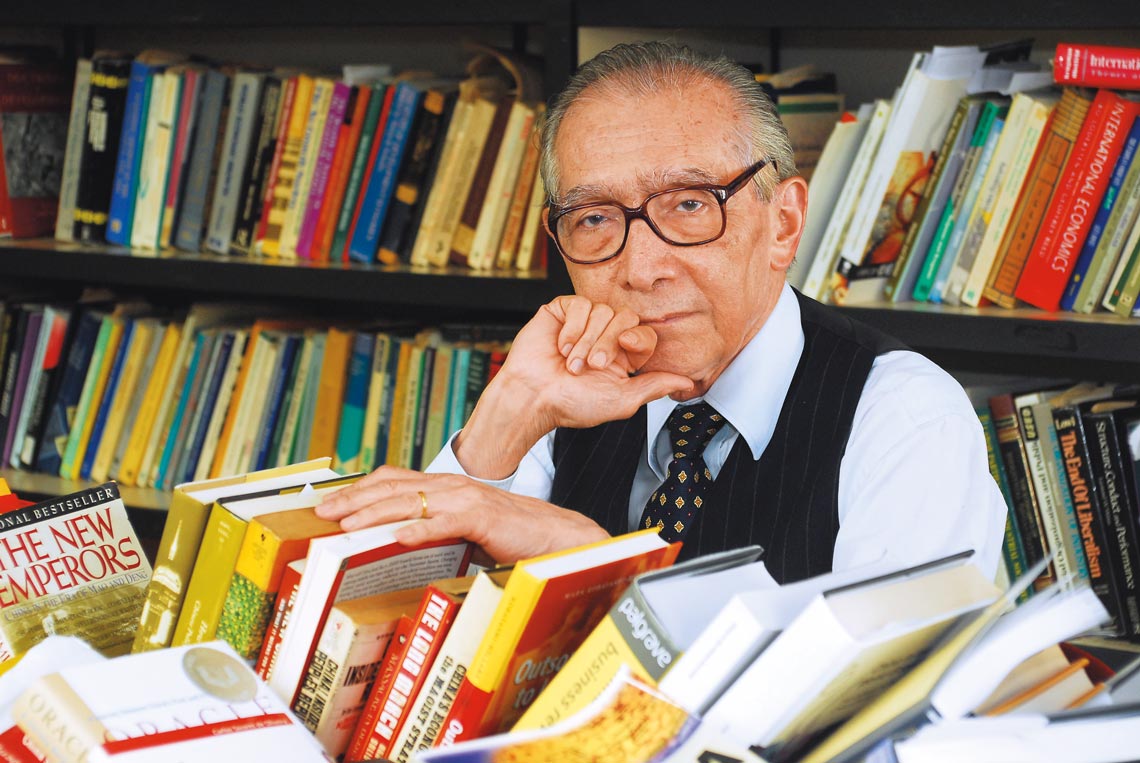On being invited to retain his post as Minister of Planning when President Ernesto Geisel (1974–1979) took office, economist João Paulo dos Reis Velloso imposed one condition: that the ministry be transformed into a department directly under the president. The reason he gave was that a ministry like any other would not be suited for the task of strategic planning and assisting the president in orchestrating economic and social development. “He agreed and so it was done,” Reis Velloso wrote in his book, A solidão do corredor de longa distância (The solitude of a long-distance runner; IPEA, 2011). The proposed arrangement amplified his influence on federal government policymaking, and enabled him to successfully design and implement two editions of a National Development Plan (PND). Born in Parnaíba, Piauí, and later a resident of Rio de Janeiro, Reis Velloso played a prominent role in politics and in the development of institutional research infrastructure and funding frameworks in Brazil. He died of natural causes at his home in Rio, at the age of 87, on February 19.
After earning a degree in economics from Rio de Janeiro State University (UERJ), Reis Velloso served in various federal government positions during the military dictatorship (1964–1985). In 1964, after a two-year stint at Yale, he was tasked by the then Minister of Planning, Roberto Campos (1917–2001), with creating the Office for Applied Economic and Social Research, the precursor of today’s IPEA, of which he was the first chairman. In 1967 he helped to create the Brazilian Funding Authority for Studies and Projects (FINEP), a public company originating from the Brazilian Fund for Studies and Projects, which Campos and Velloso had established two years earlier to fund project feasibility studies. FINEP’s mandate to invest in science and research infrastructure came with the creation of the National Fund for Scientific and Technological Development in 1969.
Sociologist Simon Schwartzman, a scholar of the Brazilian scientific community, says that FINEP was one of the biggest successes of Velloso’s development program. “Early in the dictatorship, political persecution led to the dismissal or exile of many professors and scientists. The creation of FINEP led many exiles to return with the assurance that the agency would grant them academic freedom whatever their world views,” he says.
The first part of Reis Velloso’s term as Minister of Planning (1969–1979) coincided with the Brazilian Miracle, a period during which Brazil recorded growth rates higher than 10% per year on the back of domestic market growth and the expansion and diversification of exports, while keeping inflation relatively in check. Brazil embarked on a spree of major works, including the Trans-Amazonian Highway and the Itaipu hydropower dam.
The second edition of the National Development Plan, launched in 1974 for the period 1975 to 1979, aimed to diversify Brazil’s economy and bring about a structural transformation designed to address some of the limitations of the Brazilian Miracle and hedge the economy against the international crisis. Investments were made in key sectors, including energy, and policies on science and technology were introduced.
Reis Velloso’s political career ended in 1979 when he left office. He continued to lecture at Fundação Getulio Vargas, as he had since 1964. He wrote more than 50 books, and dedicated his later years to the National Forum, an event he organized annually from 1988 to discuss social and economic issues.
Republish